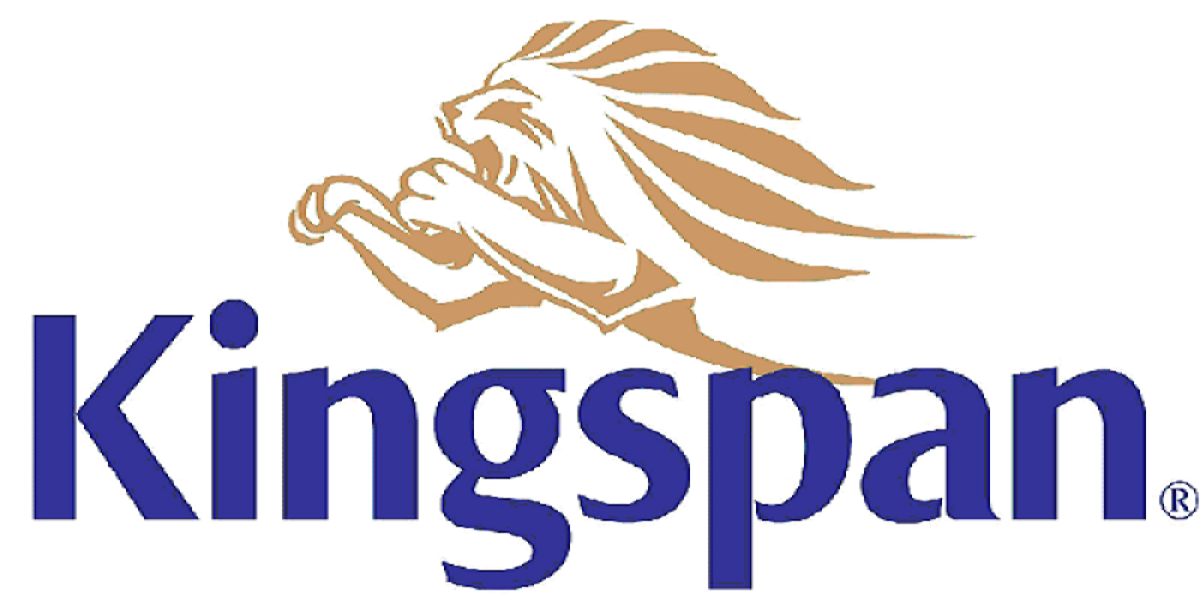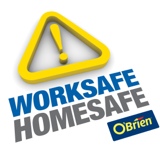Title Page
-
Company name
-
Company representative
-
Location
-
Conducted on
-
Prepared by
-
Scope of works
Introduction
CONFIDENTIALITY STATEMENT
-
In order to maintain the integrity and credibility of the risk analysis processes and to protect the parties involved, it is understand that Cranfield Group and its representatives will not divulge to unauthorised persons any information obtained during this Site Specific Risk Assessment unless legally obliged to do so.
COPYRIGHT 2023
-
All rights reserved. No part of this document may be reproduced or transmitted in any form by any means, electronic or mechanical, including photocopying and recording, or by an information storage or retrieval system, accept as may be permitted, in writing, by Cranfield Group.
WHS Inspection
Risk Management
-
Risk Assessments have been performed on plant and machinery, and risk controls implemented to eliminate/reduce the risk to workers. Risk assessment are available.
-
Safe Work Procedures are available for tasks to be performed by our workers e.g., machine operation, operation of mobile plant
-
Standards of behaviour addressing fitness for work, bullying, sexual harassment, and aggression and violence are documented, and workers are informed on the prevention and reporting and response to inappropriate behaviour
-
Toolbox Talks are held onsite and involve temporary workers, and records available
-
Site-specific WHS induction program is documented, and is provided to temporary workers prior to commencing work tasks
-
Routine workplace safety inspections are completed and records available
-
There is a process for workers to report hazards and incidents
General workplace management arrangements
-
Complete a walkthrough of the site and confirm the following
-
Adequate and accessible facilities - meal room, toilets, clean drinking water
-
First aid equipment, and trained first aiders
-
Emergency plan and response procedures
-
Is there a risk of exposure to airborne contaminants (contaminated workplace air such as vapours, dusts, particles, fibres, fumes or gases)
-
Is dust extraction/local exhaust ventilation available?
-
Is PPE (personal protective equipment) and RPE (respiratory protective equipment) provided?
-
Is water or fine mist suppression used to control dust?
-
Are hazardous chemicals used on site?
-
Is there a hazardous chemicals register available on site?
-
Are Safety Data Sheets (SDS) available for each hazardous chemical on site, and are these accessible?
-
Are hazardous chemicals containers clearly labelled to identify its contents?
-
Is there working at heights on site (work above 2 metres)
-
A Safe Work Procedure is prepared for working at heights and is available on site
-
Are fall prevention devices in place e.g. scaffolds, mobile scaffolds with access ladders, trestle ladder scaffolds with quadrilling and outriggers for stability, elevating work platform, perimeter guardrails, safety nets, harnessing
-
Is there a risk of falling objects e.g. building materials, tools
-
Are there controls in place to prevent falling objects such as fall prevention systems (catch platform, overhead protection), isolation or no-go zones, use of PPE e.g. hard hats
-
Are RCDs (safety switch) in place and used on site?
-
Are electrical items tested and tagged
-
Are electrical leads placed so they are not lying on the ground
-
Risks associated with the storage, movement, and disposal of construction materials and waste are adequatley managed
-
Are risk controls in place to manage the risks associated with manual tasks e.g. mechanical aid, handling device or wheeled equipment, dividing loads into smaller weights
-
Risks associated with mobile plant and site traffic are adequately managed e.g. traffic management plan, speed limits, traffic physically separated from pedestrians, reverse alarms, designated walkways, signage.
-
Risks associated with the operation of mobile plant are adequately managed e.g. pre-start checks, regular servicing, safe work procedure for operation, HRWL for forklift operation, training in safe work procedures
-
Risks associated with noise are adequately managed e.g. high noise areas are identified, PPE required, modified equipment to reduce noise, workers separated from noise
-
Good housekeeping is maintained to prevent slips, trips and falls on site
Temporary Worker Consultation
Consultation, Information, Instruction, Training & Supervision
-
Is the temporary workers on site (at the time of the WHS Inspection?)
-
The temporary worker is clear on their role, and has been provided the information and instruction to safely perform their work tasks
-
Temporary workers are consulted on work health and safety matters e.g. toolbox talks, prestart meetings
- Yes
- No
-
The temporary worker has been provided the required PPE to safely perform their role
-
The temporary worker has been provided with a site-specific induction, and a record is available
-
The temporary worker has been informed of and instructed on each SWMS relevant to their role (via workplace specific training, or during a toolbox talk)
-
Is the temporary worker performing any work onsite that requires a high risk work license?
-
The temporary worker holds a high risk work license for the high risk work they perform onsite
-
A worker must have a high risk work licence and be over the age of 18 to perform high risk work. High risk work includes: scaffolding work, dogging and rigging, operating certain types of cranes and hoists, operating a forklift truck, operating a reach stacker, operating a boom-type elevating work platform with a boom length of over 11 metres, operating a boiler, steam turbine or reciporcating steam engine.
-
How does the temporary worker feel about their health and safety working on this site?
-
The temporary worker is performing work tasks that are within the scope of the original assignment that was agreed to between the client and Cranfield Construction Solutions
Additional observations & comments
-
1.
-
2.
-
3.
-
4.
-
5.












